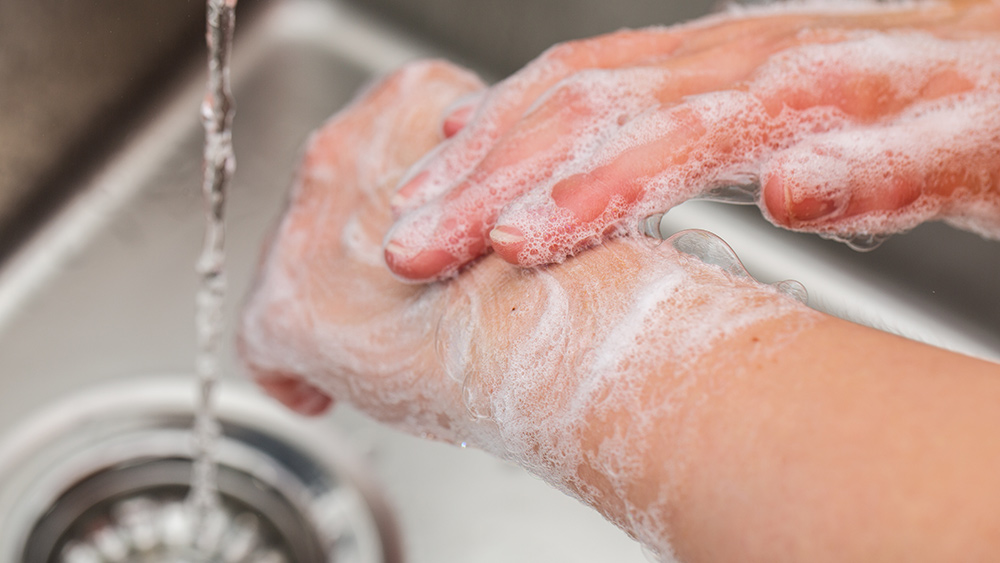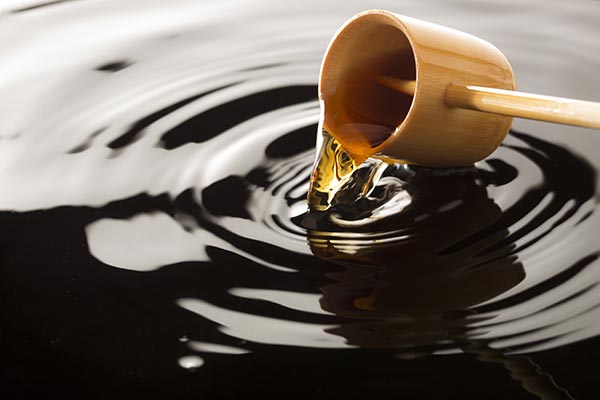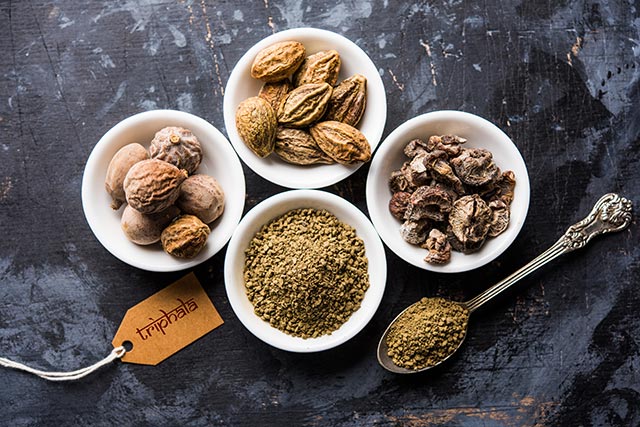Hygiene 101: Hand sanitizers work, but handwashing gets rid of more germs, explain scientists
10/16/2020 / By Virgilio Marin

While hand sanitizers work, handwashing is still the gold standard for hygiene as it kills more germs. According to Penn State Health Milton S. Hershey Medical Center physician Dr. Roland Newman II, while there’s truth in the claims saying that hand sanitizers can kill 99 percent of germs, some pathogens can still sneak through.
Handwashing is still the best
According to Newman, not all hand sanitizers are effective at killing certain pathogens, such as the norovirus. The norovirus is a highly infectious virus that causes vomiting and diarrhea. Studies also show that hand sanitizers are not as good as handwashing at getting rid of the parasite Cryptosporidium and the bacterium Clostridium difficile, both of which can cause diarrhea.
Other studies have found that hand sanitizers with less than 60 percent alcohol are less effective at killing bacteria and fungi. In addition, they could only reduce the spread of germs, not eliminate them outright.
Handwashing is still the way to go, especially when the hands are visibly soiled. However, Newman pointed out that there are still handwashing protocols that need to be followed. He also said that you need to rub your hands vigorously with soap for at least 20 seconds, or about as long it takes to sing “Happy Birthday” or finish the alphabet, to clean your hands thoroughly.
“What the soap does as you are scrubbing is release all the dirt and germ particles from the surface of the skin,” explained Newman. The pathogens get bound up in the soap lather and are washed off upon rinsing. It doesn’t matter if the water is cold or warm. What’s important is how long you’ve spent properly scrubbing and rinsing your hands.
But if soap and water are not readily available, Newman recommends using hand sanitizers with at least 60 percent alcohol. “For the average person, they are super convenient, and I think they do have a place in hand hygiene,” he said. Hand sanitizers could also be effective against the SARS-CoV-2, the virus responsible for the Wuhan coronavirus (COVID-19) pandemic.
Choosing soaps and hand sanitizers wisely
Not all hygiene products are created equal, so it’s important to choose soaps and hand sanitizers wisely. The Food and Drug Administration (FDA) recommends using regular soap and alcohol-based hand sanitizers. These could effectively do the job of killing microbes even without the additives commonly found in antibacterial washes.
In fact, chemical additives may do more harm than good. Research suggests that bacteria exposed to triclosan, an antimicrobial chemical found in antibacterial soap, mouthwash, makeup and toothpaste, promotes the development of antibiotic resistance. In 2016, the FDA banned the use of triclosan and 18 other chemicals in household soap products.
“Consumers may think antibacterial washes are more effective at preventing the spread of germs,” said Janet Woodcock, the director of the FDA’s Center for Drug Evaluation and Research, “but we have no scientific evidence that they are any better than plain soap and water.”
Meanwhile, the FDA advises consumers to be careful when selecting their hand sanitizers. The agency recently added 202 hand sanitizers to its “do not use” list, including those that tested positive for methanol contamination. Methanol can be deadly when ingested, besides being potentially toxic when absorbed through the skin. (Related: How to make DIY antibacterial hand sanitizer using non-toxic ingredients.)
Visit Prevention.news for more tips on how to prevent diseases caused by microbial infections.
Sources include:
Tagged Under: Alcohol, antibacterial, bacteria, covid-19, Fungi, germs, hand sanitizer, hand soap, handwashing, hygiene, men's health, prevention, products, tips, Viruses, women's health
RECENT NEWS & ARTICLES
COPYRIGHT © 2017 PREVENTION NEWS


















